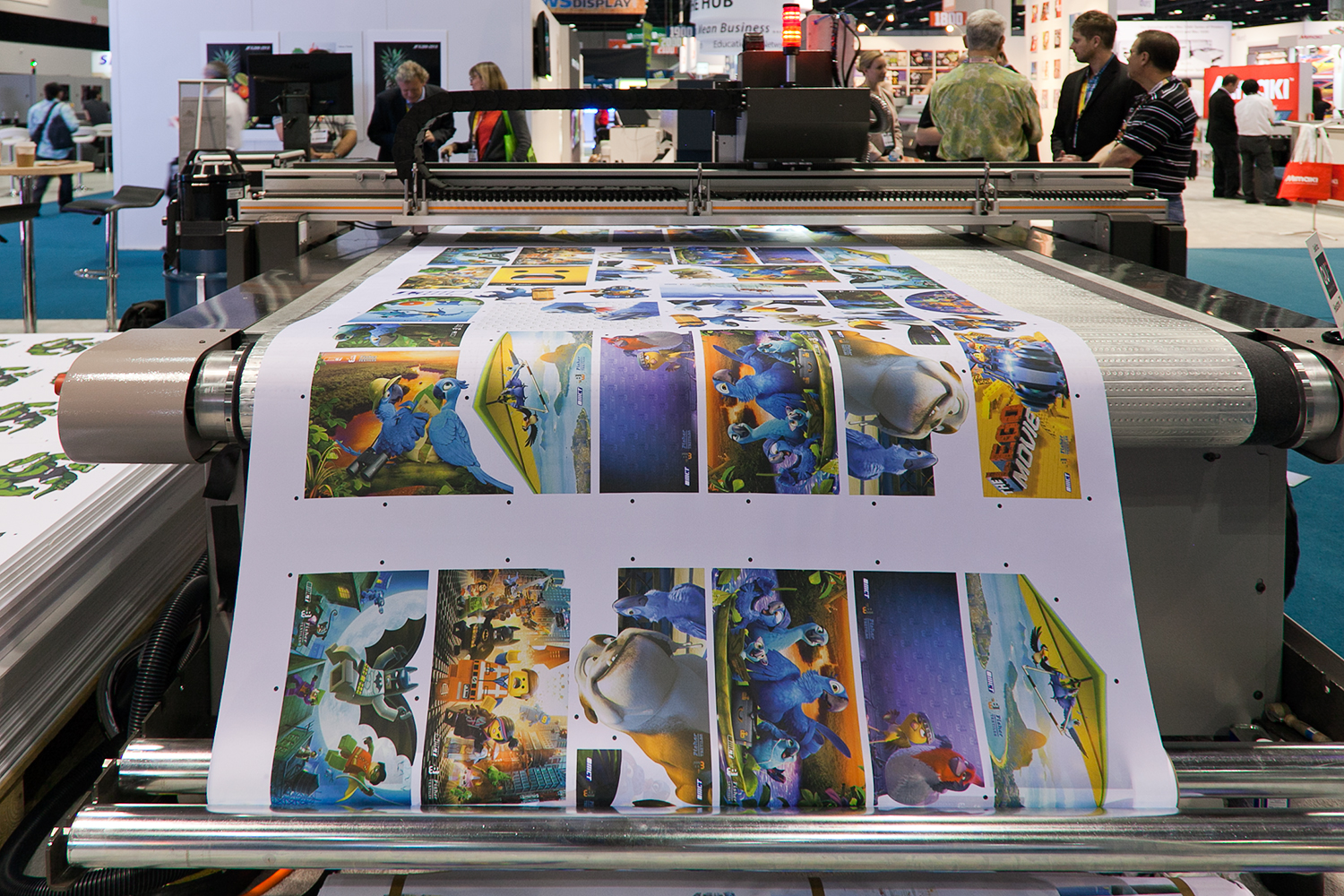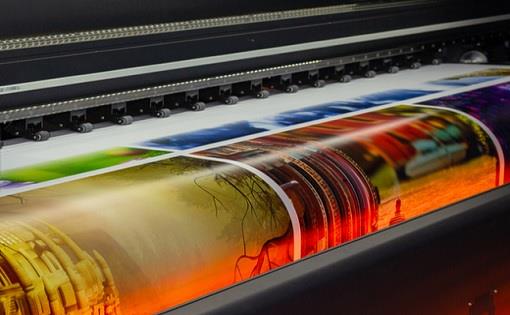Digital Printing - The Facts
Digital Printing - The Facts
Blog Article
What Does Digital Printing Mean?
Table of Contents5 Easy Facts About Digital Printing ShownThe Ultimate Guide To Digital PrintingDigital Printing Things To Know Before You Get ThisThings about Digital PrintingThe Best Guide To Digital PrintingThe 5-Second Trick For Digital PrintingThe Single Strategy To Use For Digital PrintingDigital Printing for Beginners
Personalization additionally allows services to stick out in a crowded market by developing distinct advertising and marketing materials that distinguish them from their rivals. Among the main benefits of electronic printing is the capacity to publish variable information. Each published piece can be special, enabling companies to create personalized marketing products that speak directly to their target market.Digital printing additionally permits personalization in the design of advertising and marketing products. With digital printing, organizations can produce designs that are one-of-a-kind and tailored to their specific demands. This can include customized graphics, typefaces, and designs that can aid to distinguish them from their competitors. Another benefit of digital printing is the ability to publish as needed.
The Only Guide to Digital Printing
By printing smaller quantities of advertising products, organizations can lower waste and stay clear of the demand for excess inventory. Digital printing is also versatile.
By utilizing various products and layouts, organizations can develop one-of-a-kind advertising and marketing products that stand out from their competitors and attract attention from their target audience. Digital printing also uses consistency. With standard printing techniques, there is commonly variant between prints due to distinctions in ink insurance coverage, stress, and other elements.
This consistency can help build consumer depend on and credibility, showing that business is dedicated to providing top quality products. Uniformity is particularly important for organizations that want to build consumer trust fund and integrity. By guaranteeing that every print corresponds, organizations can show that they are dedicated to giving high-grade materials and paying focus to the information.
An Unbiased View of Digital Printing

Additionally, digital printing creates less waste since it can publish on need and in smaller sized amounts, reducing the need for excess inventory and materials. Digital printing also uses less energy compared to standard printing techniques. Digital printers do not need as much power to run, as they do not require to warm up as a lot or use as much power to run.
Digital Printing for Dummies

Countered printing needs a plate for each shade printed. Typical offset printing is a print method that uses light weight aluminum plates to transfer ink onto a rubber sheet (often described as a "covering"). The picture is then rolled onto the printing surface. This printing technique is thought about "countered" since the ink is not moved to the paper directly.
The smart Trick of Digital Printing That Nobody is Talking About
Countered printing enables for a large variety of print products to be used during manufacturing. The top notch images generated with offset printing make it the recommended technique, especially amongst visuals designers, when seeking the best shade reproduction, information, and professional-looking prints.
For digital inkjet printing, ink is transferred directly onto the surface area. Rather than depending on aluminum plates and rubber blankets to move a photo, digital printing utilizes fluid ink during production.
Little Known Questions About Digital Printing.
Much better color integrity refers to both the accuracy of the colors and their balance in the layout. Because balanced out printing can mix custom color inks for every task, it will normally obtain the shades spot-on. Functions equally well on almost any type of material. Dependable, exceptional picture high quality. Rely on balanced out printing for clean, distinct types and images without touches or places.
It sets you back a whole lot to begin an offset work. You need to spend money into creating the plates, which takes time. When you've spent more information it, all of the materials are all set to go, and you'll invest less on large balanced out jobs than an electronic print, which is regarding the same per item no matter how large the task obtains.
Digital printing is much less costly for low-volume tasks. The rate per unit drops for electronic printing, so at some factor, they crisscross. Changing info within a solitary print work.
Not known Facts About Digital Printing
While electronic printing or inkjet printing is the recommended selection in the existing times, there are engaging factors to convert from countered to electronic printing systems. Call Kao Collins concerning shade matching and custom formulations. When publishing countered or electronically, essential choices and procedures are entailed in color matching. If it has a visuals overlay or includes a label, it will certainly have shades.
Industrial inkjet printing uses convenience for printing on several various substrates. Digital printing is ideal for consumers who do not need longer runs and warehousing materials.

One benefit of electronic printing is picking from a variety of digital substratums. With countered printing, substratums compose, generally, 30% of the expense of the task. With electronic printing, the cost of the substrate in more information the total work is small. This permits even more options than ever, and that's excellent for marketing professionals and services.
Not known Facts About Digital Printing
drop-on-demand is the second printing technology to think about. Constant inkjet systems require significant maintenance, even more driver training, and higher downtime. However, devices costs in inkjet printing are far lower than countered printing as there are no plate-making, plates, and press costs. Beyond the capital spending, the prepress devices and printing presses need highly experienced drivers in countered printing, which adds labor costs.
Report this page